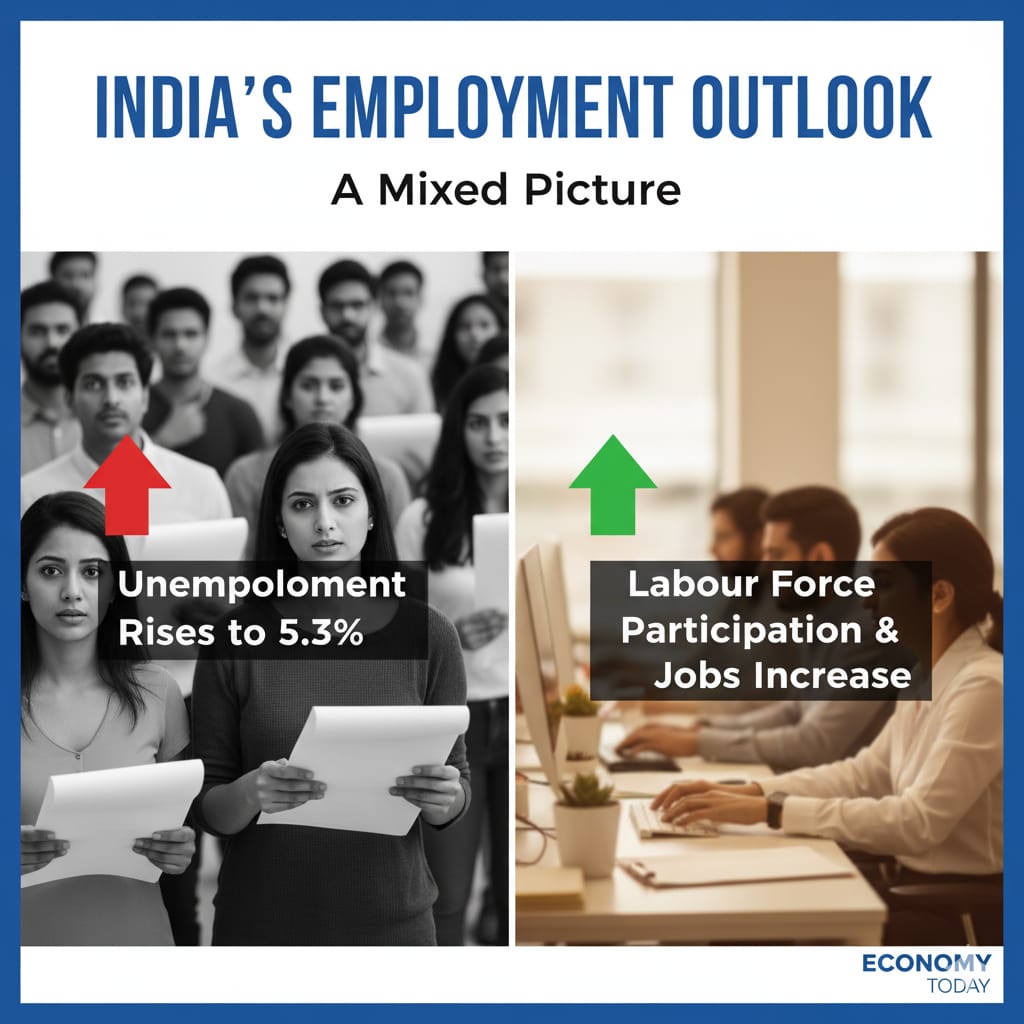.jpeg)
In the history of modern India, there are men who shouted their way to glory, and then there was Dr. Manmohan Singh. A man of impeccable intellect, disarming humility, and remarkable restraint, he was a paradox in Indian public life — a politician who disliked politics, a technocrat who carried a nation through turmoil, and a statesman who wore his silence like a well-cut suit.
Born on September 26, 1932, in a dusty village called Gah in what is now Pakistan, Manmohan Singh's early life was filled with tragedy and hardship. He lost his mother at a young age and grew up in the care of relatives. He wasn’t born into power or privilege. What he had was a mind that shone like polished glass. Education was his passport out of poverty — first at Punjab University, then at Cambridge, and finally at Oxford, where he earned a doctorate in economics.
To call him bookish would be an understatement. His passion for ideas was so intense that he often seemed misplaced in the political cauldron of Delhi. Yet it was precisely this purity with an absence of political cunning that would make him indispensable when India faced its worst economic crisis in 1991. The country was nearly bankrupt. Foreign reserves were barely enough to pay for a fortnight’s imports. Inflation was soaring, and the rupee was gasping. It was then that Prime Minister P. V. Narasimha Rao plucked Singh from bureaucratic obscurity and made him Finance Minister.
What followed was nothing short of a miracle. Singh liberalised an economy that had been choking under socialist dogma. He cut red tape, opened doors to foreign investors, reduced tariffs, and removed the cobwebs of the License Raj. He didn’t thump desks or shout slogans. Instead, he stood in Parliament, calm and composed, and quoted Victor Hugo. “No power on Earth can stop an idea whose time has come,” he said, while presenting the 1991 budget. It was as if he were not just announcing policy but inviting India to awaken from decades of slumber.
The results spoke for themselves. Within a few years, India had transformed from a sluggish economy to one of the fastest-growing in the world. Exports surged, foreign investments poured in, and a new middle class began to rise. The software sector, which barely existed in 1991, exploded into a global force by the end of the decade. It would not be an exaggeration to say that the India of mobile phones, startups, and economic ambition was born in the hands of this soft-spoken economist.
When he became Prime Minister in 2004, many dismissed him as a puppet. They said Sonia Gandhi was pulling the strings, that Singh lacked charisma. But charisma, as he proved time and again, is a poor substitute for competence. His government enacted crucial legislation like the National Rural Employment Guarantee Act, which gave dignity to rural workers. He oversaw the Right to Information Act, perhaps the most powerful tool of citizen empowerment in modern India. And he pushed through the Indo-US nuclear deal against tremendous political resistance. Through it all, he never raised his voice or played to the gallery.
People mocked his silence, but it was the silence of a man who preferred thought over theatrics. His tenure was not without flaws. The second term was marred by scandals and paralysis. But even his critics could never accuse him of personal dishonesty. That, in Delhi, is a rarity worth framing.
What sets him apart is not just what he did, but how he did it. He was unfailingly courteous, painfully modest, and deeply principled. In a country obsessed with noise, Singh believed in listening. In a culture that rewards bluster, he championed reason. And in an era of strongmen, he reminded us that true strength lies in restraint.
When he passed away on December 26, 2024, India lost more than a former Prime Minister. India basically lost a rare moral compass, a gentleman scholar, and a builder of dreams. In the end, his legacy is not just in GDP numbers or legislative milestones. It is in the quiet dignity he brought to public life, in the values he held even when the world around him didn’t.
Rest well, Dr. Singh. The country you helped shape will remember not just what you gave, but the way you gave it — with grace, with honesty, and above all, with silence that spoke louder than a thousand speeches.








.jpeg)






.jpeg)


.jpeg)


